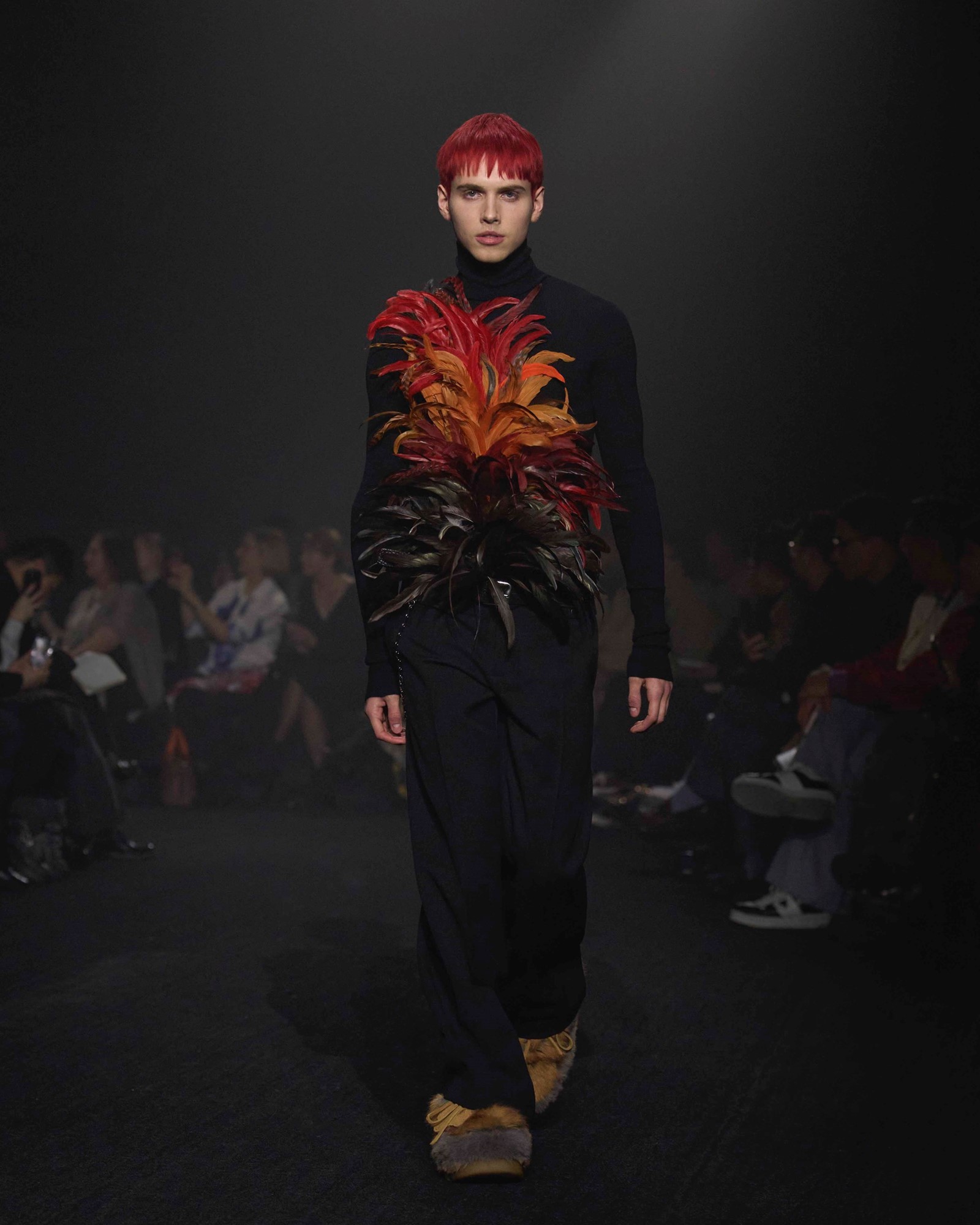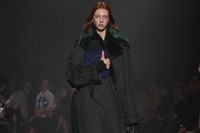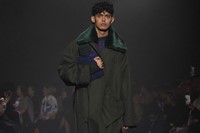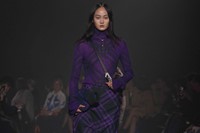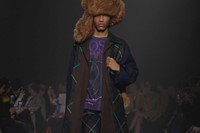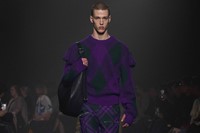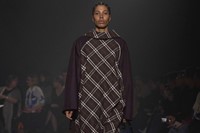Burberry’s history is embedded in ideas of Britishness, old and new. Its earliest claim to renown was as a manufacturer of outerwear, after all – its founder, Thomas Burberry, invented gabardine, success based on an ability to repel stereotypically inclement British weather, and yet let the body breathe. It was actually inspired by the water-repellant smocks of sheep farmers in the English countryside – their linen treated with lanolin, to keep them dry in deluges. Rather more glamorously, Burberry’s gabardine outfitted Hollywood stars, military captains, and polar explorers – when exploring Antarctica in the early 1900s, Ernest Shackleton even wrapped the engine of his car (the first on the continent, incidentally) with gabardine to protect it against the chill. And, of course, the check-lined Burberry trench became a uniform of the British gentleman in the 20th century. Today, it’s even more – an archetype of Englishness abroad and, at home, a national treasure.
These days, the 21st-century demands of Burberry are slightly different than those made of Thomas Burberry in the 19th. We have abundant air-conditioning and central heating – although the ability of a Burberry coat to protect from the rain is still useful in Britain in 2023. So the clutching of Burberry check-wrapped hot water bottles by the models in Daniel Lee’s debut for the label was probably not, as some intuited, a nod towards the energy crisis. Rather, those hot water bottles signalled a notion of comfort and familiarity, and an ideological warmth. An embracing of tradition, perhaps. And certainly a re-embracing of Burberry’s signature check.
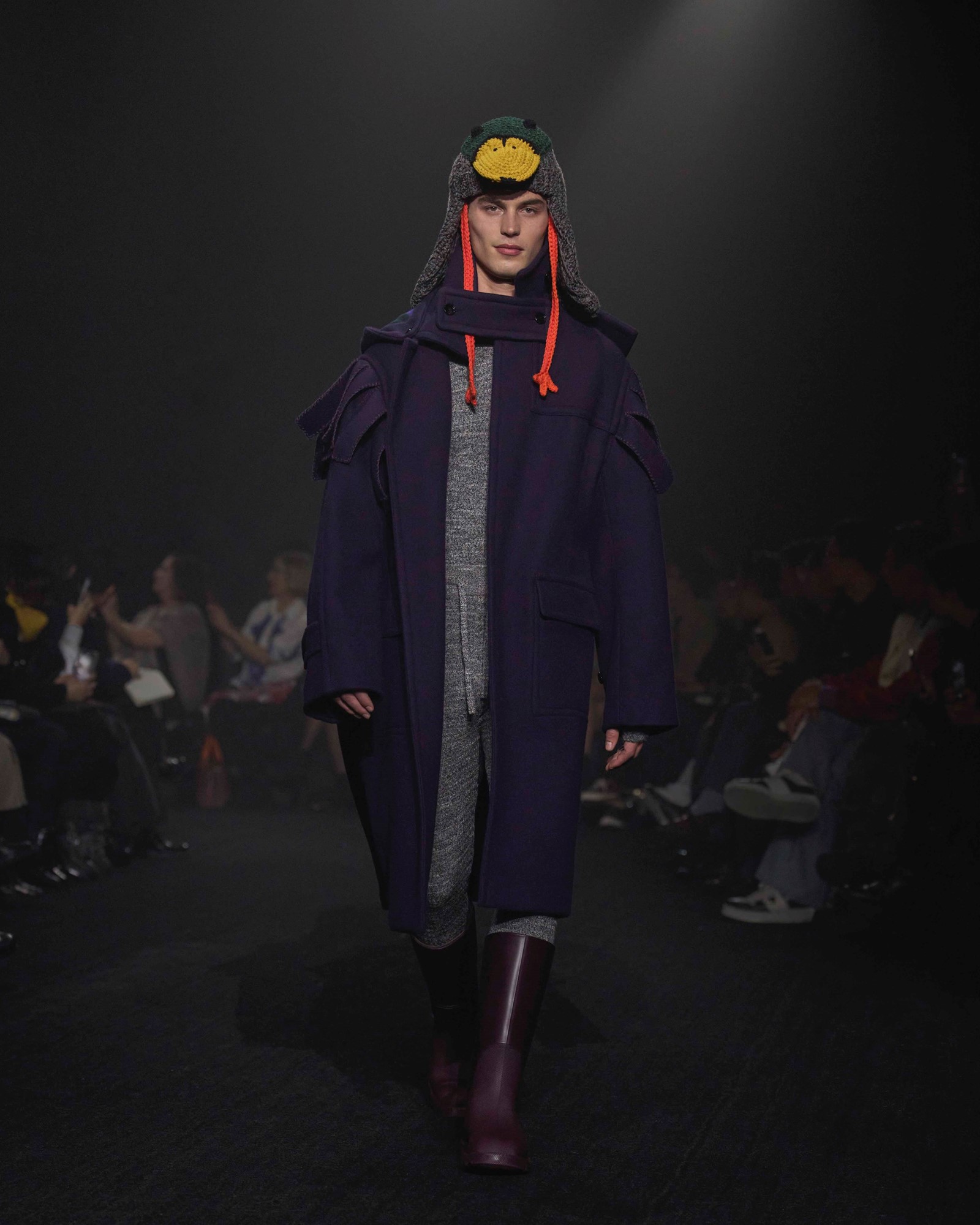
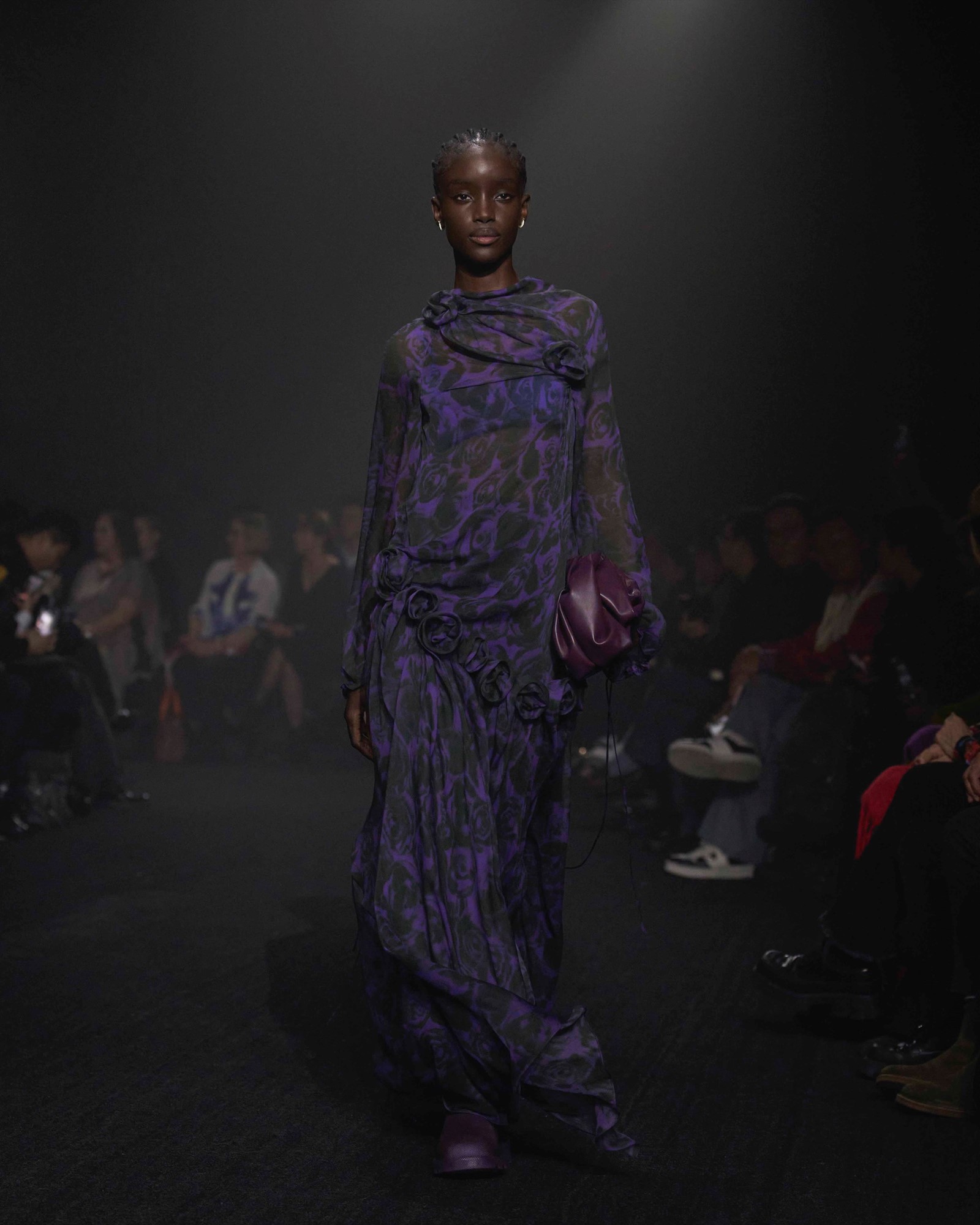
The pressure on Lee for this first Burberry outing was doubtless immense – his recruitment a major part of a realignment at the beloved brand, towards values drawn from its culture and heritage. Yet there was something instinctive about Lee’s approach, direct. When you think of Burberry, what comes to mind? Protection is one thing, function another, and indeed Britishness. Maybe all those things can be evoked by a hot water bottle. The check is another, which Lee extrapolated, exaggerated in scale and re-coloured. Burberry, actually, used to line its trench coats with a bunch of different tartans in the early 20th century, of all different colours and designs – it wasn’t until the 1960s that customers began asking for trenches lined in a distinctive beige, black and red option that they termed the ‘Burberry check’ that the label’s graphic signature was formed. Incidentally, the Equestrian Knight Design that Lee also boldly revived for Burberry – here, emblazoned across blankets and blanket coats, as well as woven into labels stitched, likes badges of Burberry honour, on the outside of pieces – was also something determined by the popular perception of the brand, rather than mere marketing spiel. At the turn of the last century, Burberry held a competition for the public to design an emblem for the brand. The knight won out, a reflection of the perception of Burberry as a pioneer and – you guessed it – a protector. A Burberry coat is kind of a modern suit of armour, after all.
Lee’s first collection wound up a voyage through ideas and ideals of Burberry, perspectives on heritage, new histories. His models were dressed as globetrotters, laden with bags – necessary for travel in past centuries, essential to luxury today – each one different to the last. Their journey roamed wide – there were echoes of a wider, collective consciousness of fashion and Britishness, not necessarily specific to Burberry. The meshing together of multicoloured plaids reminded us that the Burberry Check is actually a tartan – play with that and there are inescapable links to the work of Vivienne Westwood, a figure who helped shift world fashion and certainly fundamentally defined our contemporary perception of British fashion. Lee paid open and affectionate homage here to that late great in a riot of clashing graphics, all of which spelled clan Burberry.
Indeed, at the root of it all, was the brand itself. The archive was a constant source of inspiration, surrendering the obvious – checks, gabardine, great sweeping outwear pieces – and the unexpected, like a colour palette so bold it nearly vibrated but which, Lee said, was taken from Burberry fabric books, sourced from old English mills. The vast faux-fur trapper hats had a hint of polar exploration to them – in essence, if not in actuality – and rambling roses, the symbol of England, lassoed this outing again to Burberry’s identity, and indeed its place in a national identity. Oh, and did we mention the colour? Burberry now has a shade of blue – yanked out of the Union Jack, maybe. But it’s also the colour of water, and ice. If Lee’s show was a journey, it ended up coming back to Britain. There is, after all, no place like home.
